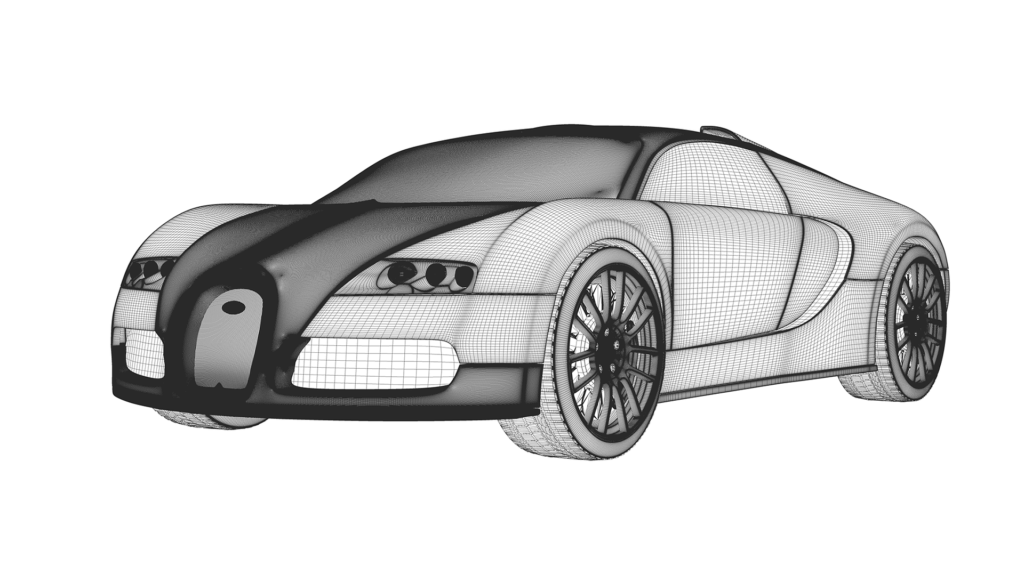5 Tips For Better 3D Modeling

Most designers are after still making awesome projects in quick turnarounds despite the type of project. But many project types don’t allow for a quick charrette off to a design. Some need lots more work, or some may need to incorporate other variables. But no need to worry, You can still develop a workflow, no matter if your project load and criteria change with the following 5 tips.
Remember to stay tuned to our weekly newsletter (sign up here) and check out deals on our top courses here.
Always Document Your Process
While this may sound tedious, especially if you’re in a world like residential, making essentially the same bullet list of features in your project. But it still helps to spot and streamline for when new projects and tools come around. This could start with the initial geometry of the site and program blocks, followed by structural gridlines, and base elevation sketches. It could next add standard blocks for base furniture or cabinetry, etc. Making this a list could open the door to efficiency in case the site increases or the structural system is simplified. A fitting process only happens when you know what it is, and documenting can go a long way.
Keep Support Folders
A local support folder and a general entourage folder are life saver for professionals. Being able to access all the backgrounds, materials, library objects in addition to the templates in a template folder will make your start to results so much quicker on projects old and new
Model In Layers
When you model everything at once to start a project, it may seem quicker, but it will be a nightmare to recover and edit later on. A better way is to make sure to use layers that describe systems like floors and walls, but also in subsystem like feature wall, or feature structure. Especially when using options, you will find early layering a godsend for keeping your model as a effective source of variables and iterations.
Find and Make Components, Groups (or Families)
Architects and designers will sooner or later need to repeat useful geometry. If its furniture or a window system. The best bet is to spend time learning how to make useful components, groups or families, depending on your design program. This will set you up for better productivity down the line and a better design offering.
Review and Clean up Your Models
Just like cleaning your room, the process of cleaning your modeling files will always be useful. Having to fix messed up models will come either sooner or later and a proactive stance will keep you on the path for success
For more tips and tricks in modeling and design, be sure to sign up to our newsletter here.
Regards
Brandon A,
Founder + Director | I Am The Studio
